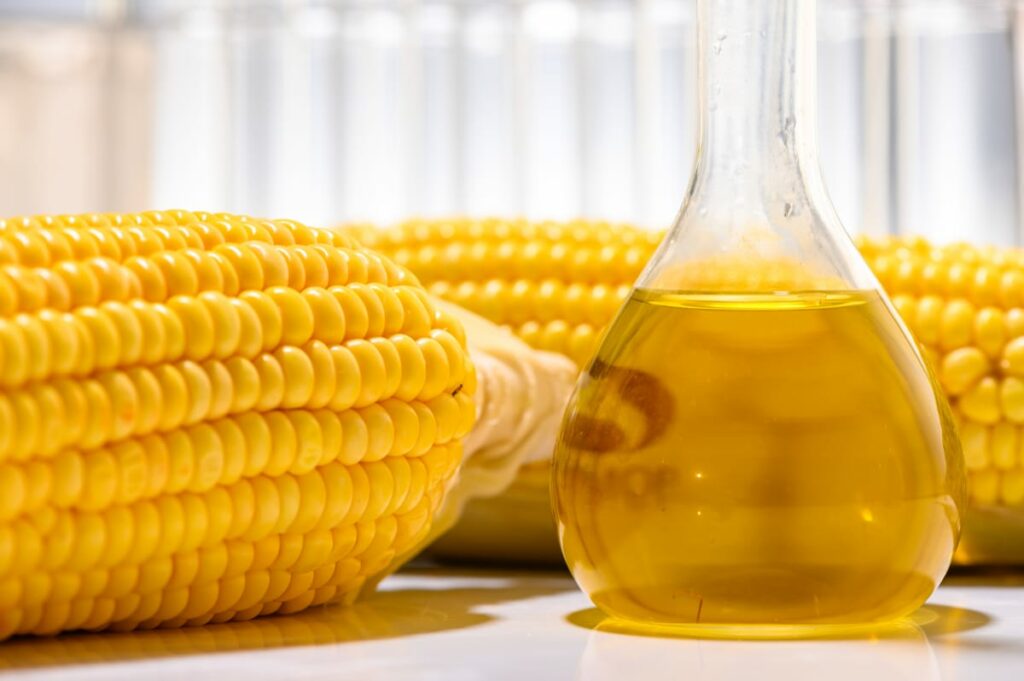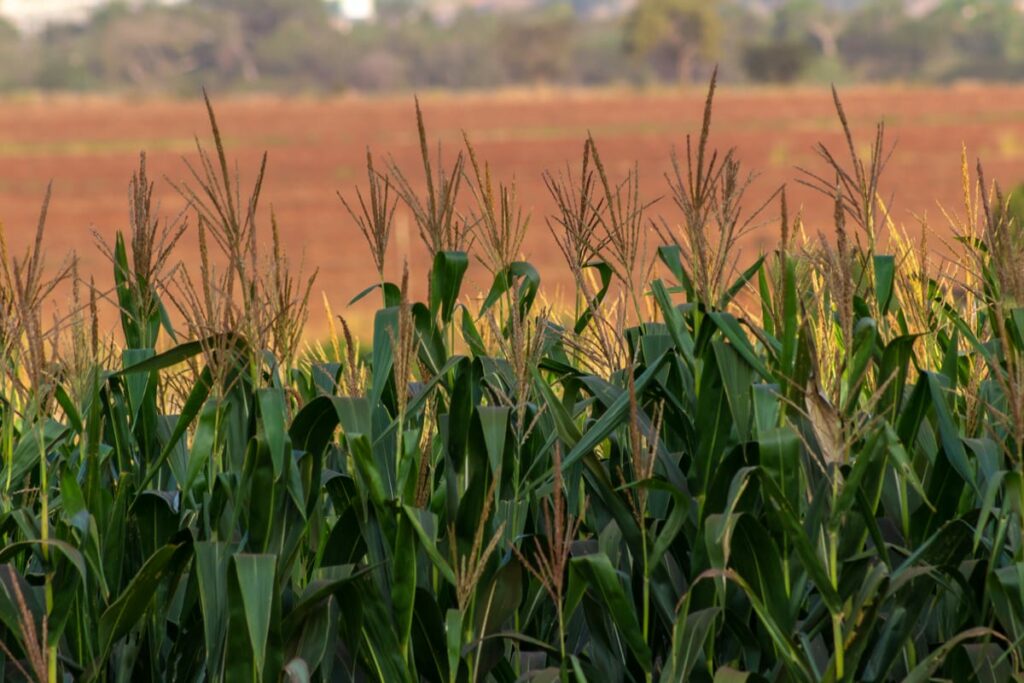Biofuels are renewable energy sources developed from primary biomass sources such as agricultural wastes. Most biofuels are liquid fuels, but some may also be gaseous or heat carriers. There are two basic types of biofuels, primary and secondary. The first type is combusted naturally and is used as cooking fuel. Secondary biofuels are liquids or gases used in transportation, electricity production, and high-temperature industrial processes. In the United States, the largest source of biofuel is fuel ethanol, and the country is a net exporter.
Among its advantages, biofuels are renewable and have reduced contributions to global warming and environmental pollution. Unlike petroleum, biofuels do not emit sulfur and are widely available. Moreover, they are renewable, local, and sustainable sources of energy. The use of biomass in the world’s refugee settlements is increasing rapidly, with many developing countries already using it commercially.
The use of biofuels as transport fuels has grown in recent years. These biofuels are produced from a wide range of crops, including some for human consumption and some for animal feed. Biofuel production may increase land devoted to agriculture, resulting in higher food prices and increased polluting inputs. The biofuel industry is also expected to increase farm income.

They reduce global warming
As of 2017, transport accounts for 22 percent of all energy-related greenhouse gas emissions worldwide and is growing faster than any other sector. This is partly due to the rapid growth of personal cars in developing nations. As a result, governments sought to reduce the amount of carbon emitted by vehicles by substituting them with renewable biofuels. Biofuels are produced from plants and are a more sustainable alternative to fossil fuels.

However, these calculations are prone to bias because they ignore the feedback effect of oil price changes on biofuel demand. Further, they ignore the impact of limiting the use of land that has already been cleared for agriculture. As a result, biofuel production is unlikely to increase without additional land use.
Public-private partnerships can encourage landowners to adopt sustainable forest practices. Public-private partnerships can also promote sustainable forest products, while voluntary reductions of greenhouse gas emissions and toxic emissions can occur. But it is essential to understand that biofuels may not eliminate the effects of global warming.

They reduce costs
Renewable energy is a way to reduce the expenses of refugee settlement. In Rwanda, for example, a social enterprise has developed locally-made fuel pellets that reduce the amount of biomass needed for cooking. This reduces the amount of wood consumed by refugees, reducing their exposure to harmful emissions. In addition, UNHCR supports the distribution of Liquefied Petroleum Gas, a clean alternative to wood. By providing refugee camps with this clean energy source, UNHCR can reinvest the funds in other forms of humanitarian assistance.
Sadly, biofuels are still a problematic alternative to fossil fuels. Brandon’s biodiesel experiment, funded massively by taxpayers, showed that farmers could not produce enough biofuels to replace fossil fuels. Biofuels require more ethanol to cover the same distance as conventional carbon fuels. Moreover, ethanol-based fuel sources need to make large amounts of corn, and their emissions are twice as high as fossil fuels.














